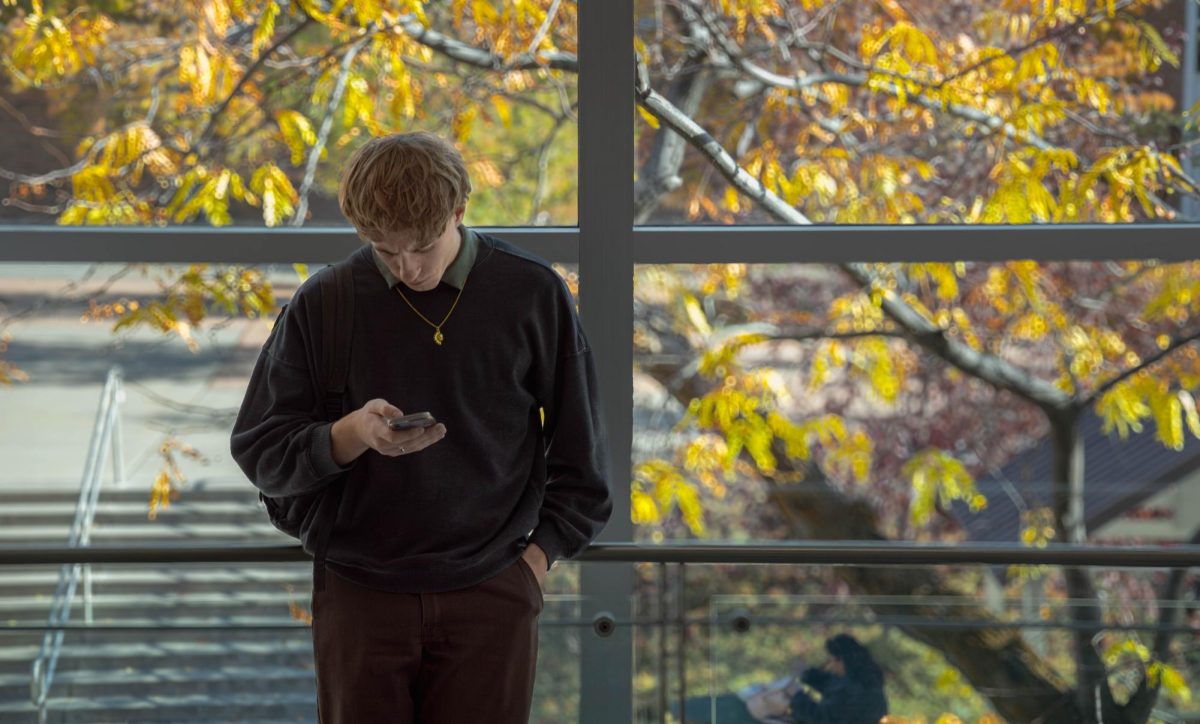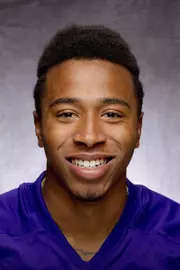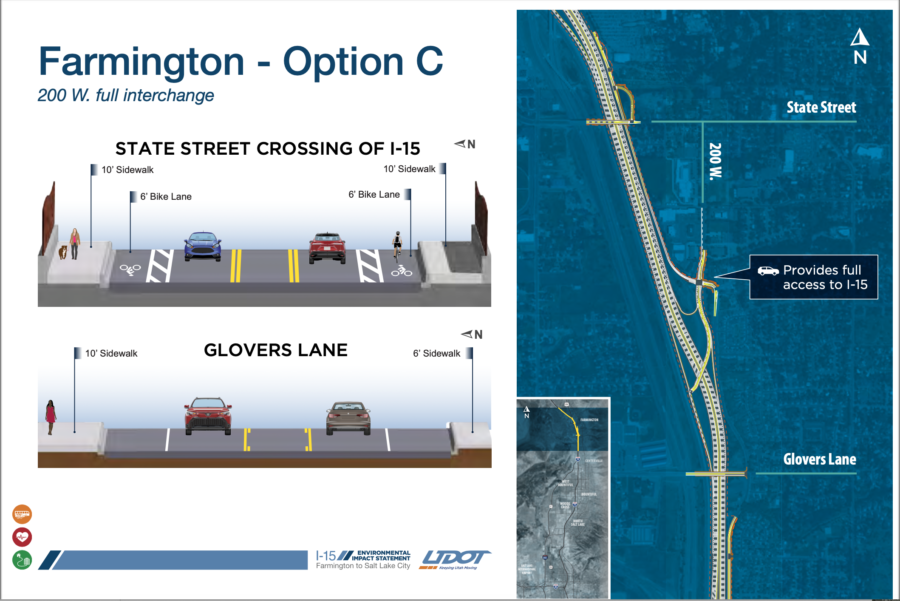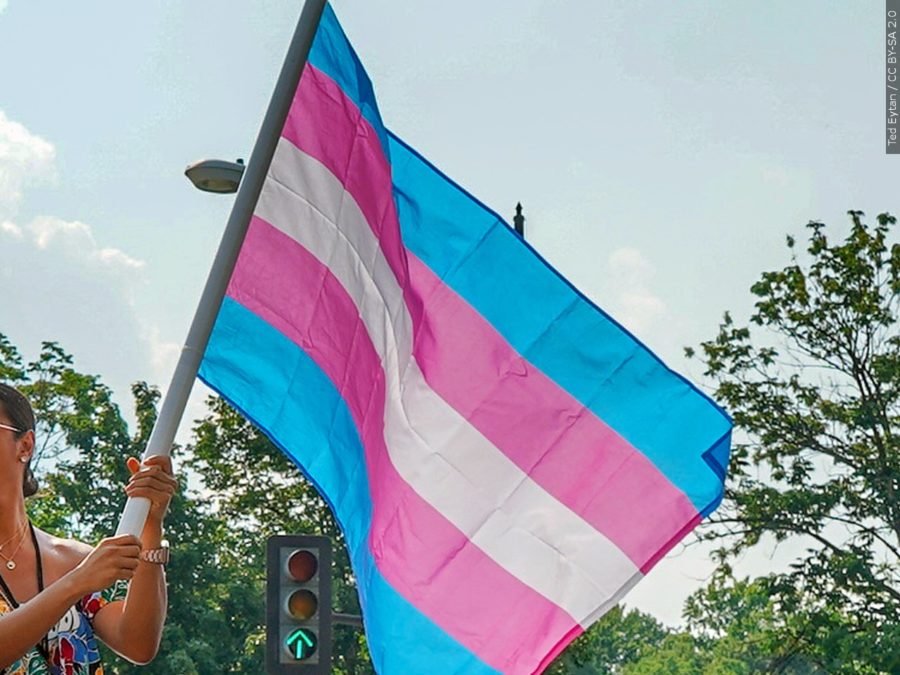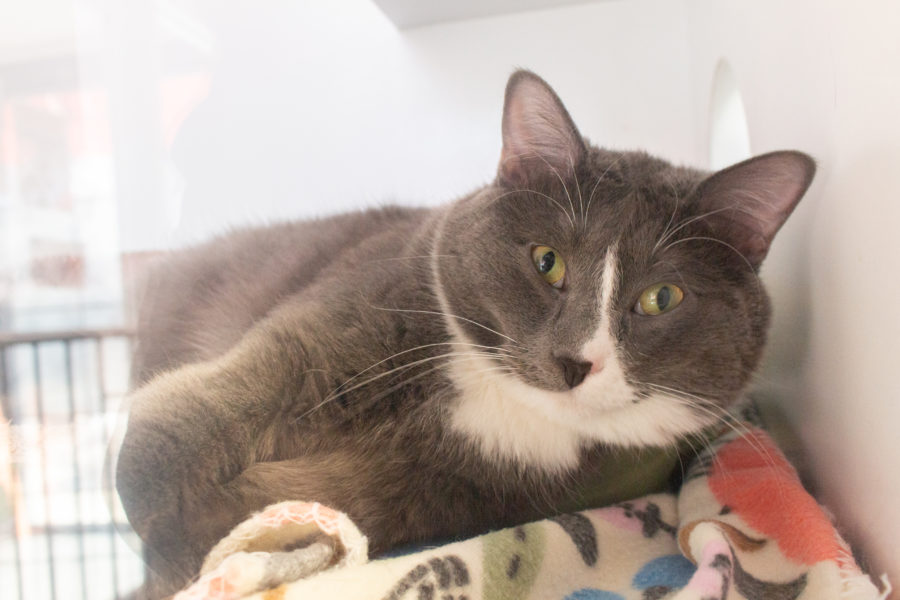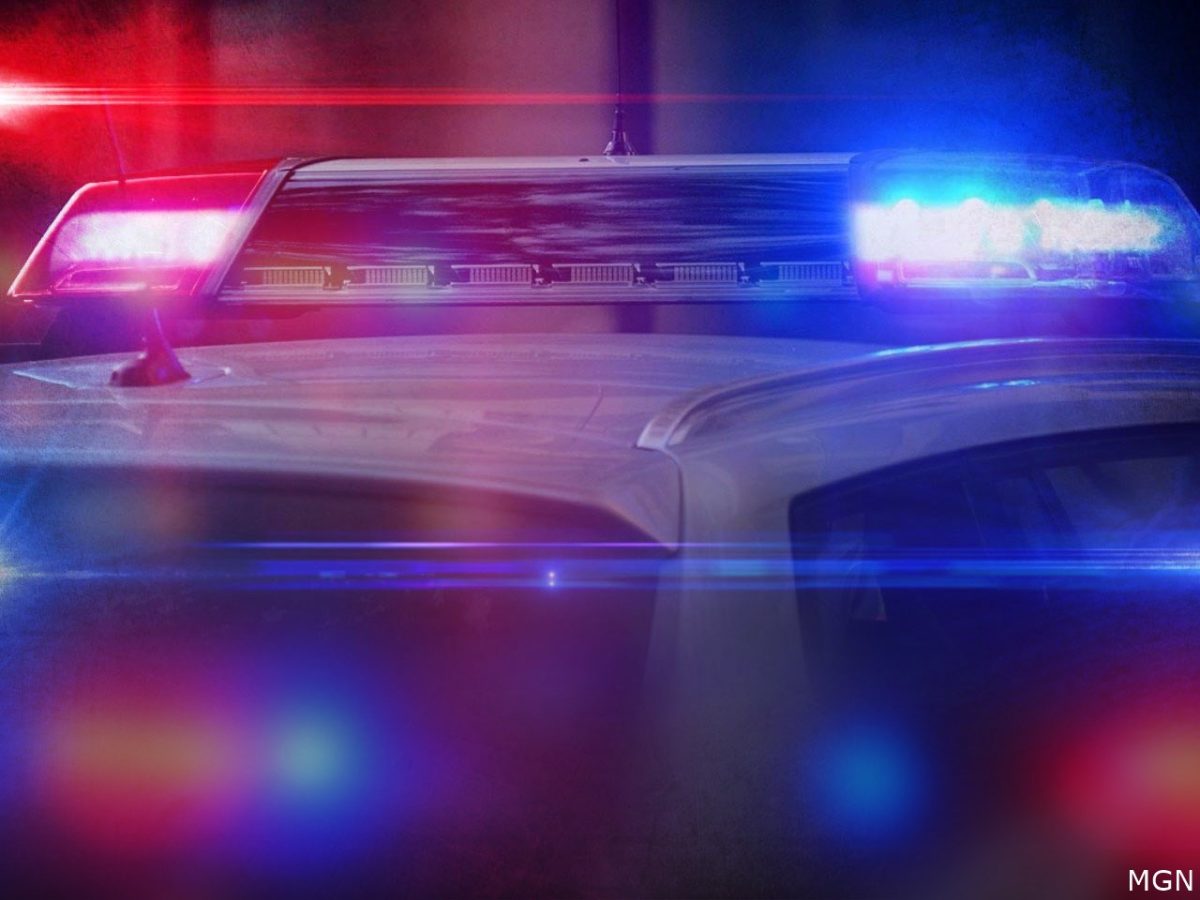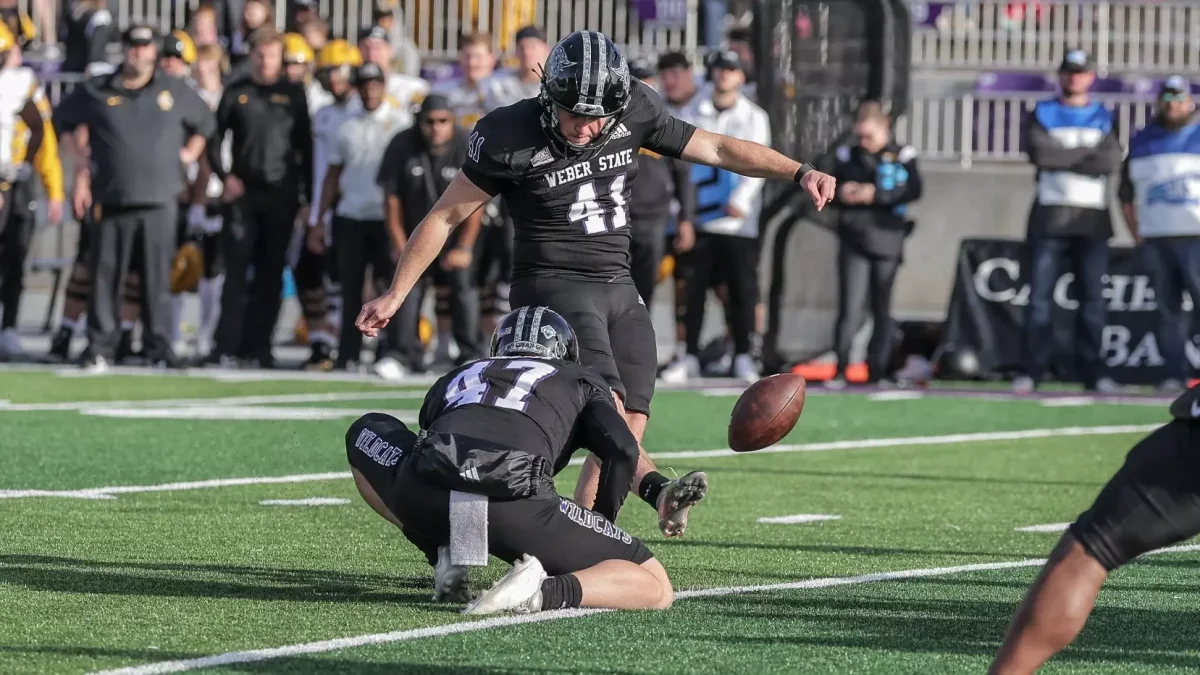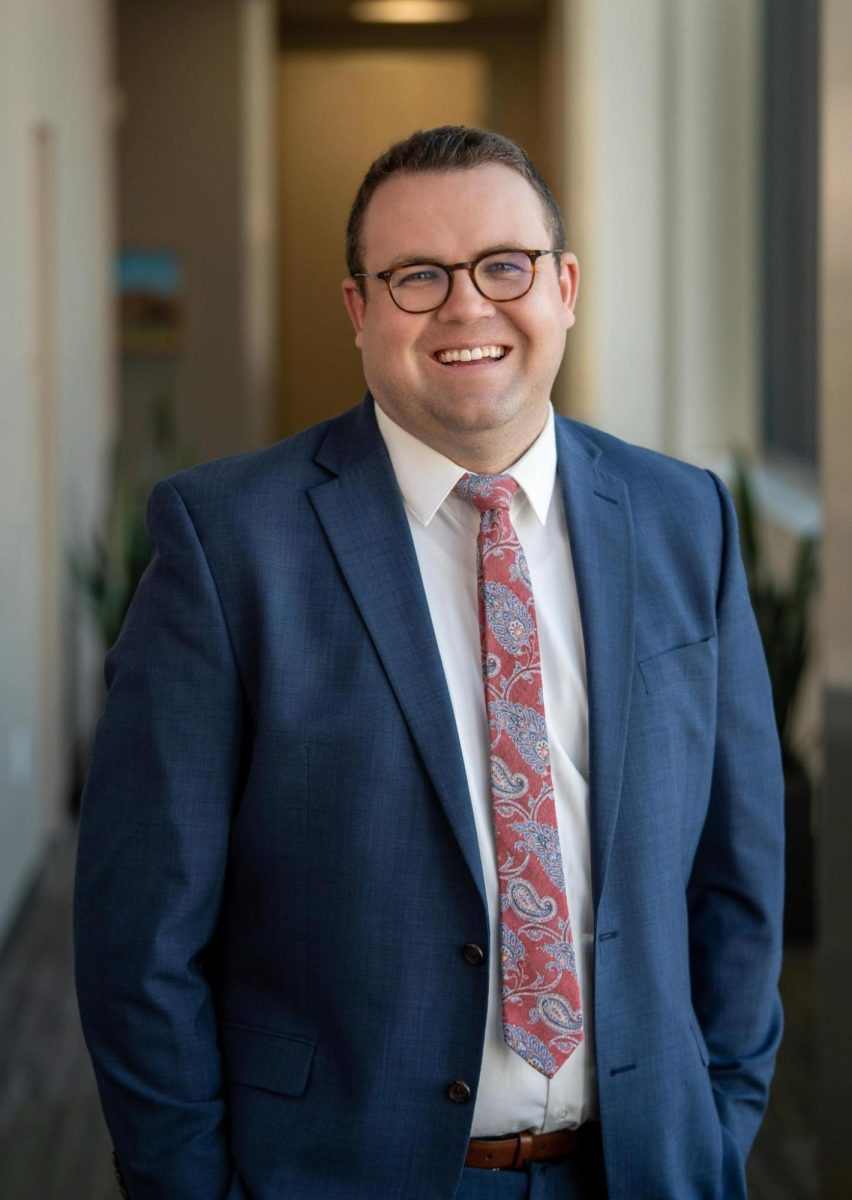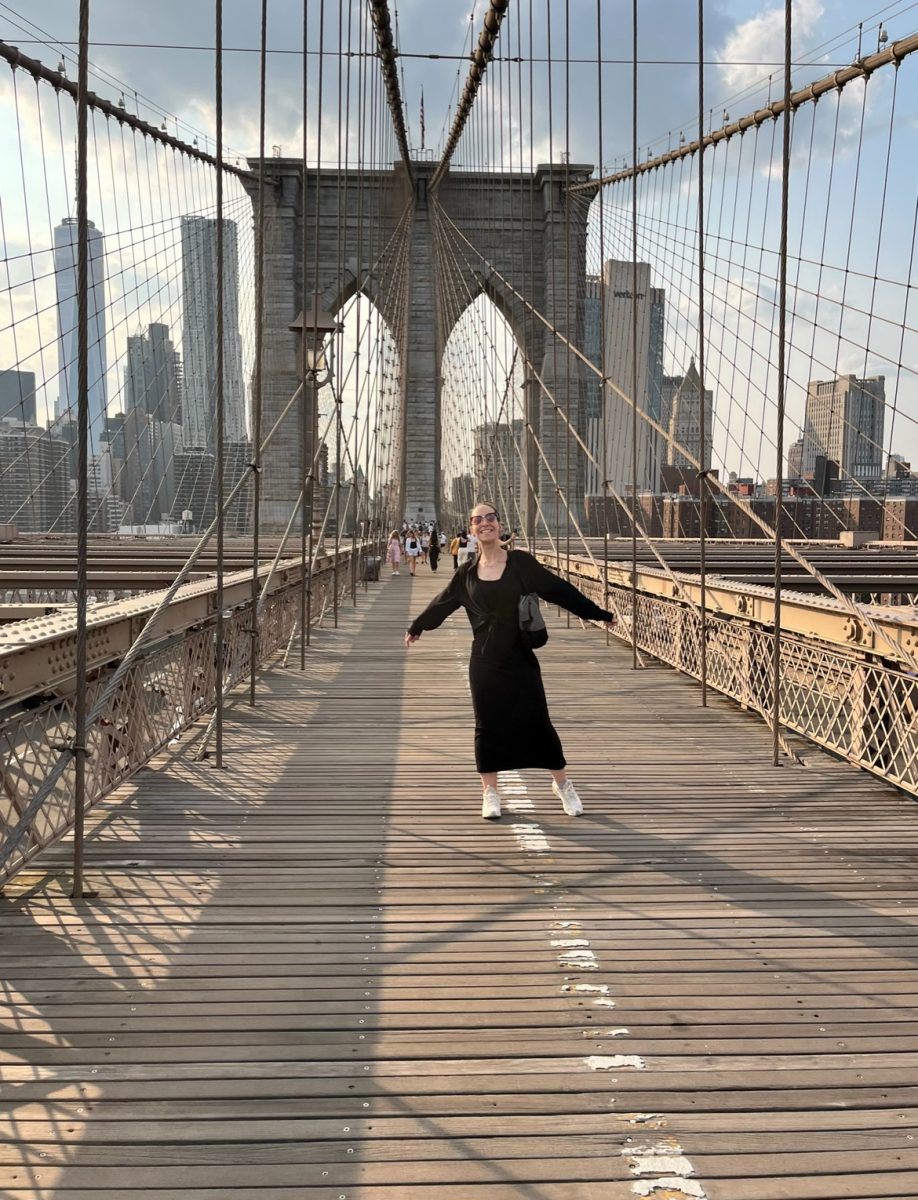Weber State University President Brad Mortensen, during the afternoon of Sept. 28, reported at the faculty and staff virtual town hall meeting that a new record had been set by WSU, but not a record to celebrate: a total of 12 new cases of coronavirus had been reported on campus for the week of Sept. 18-24.
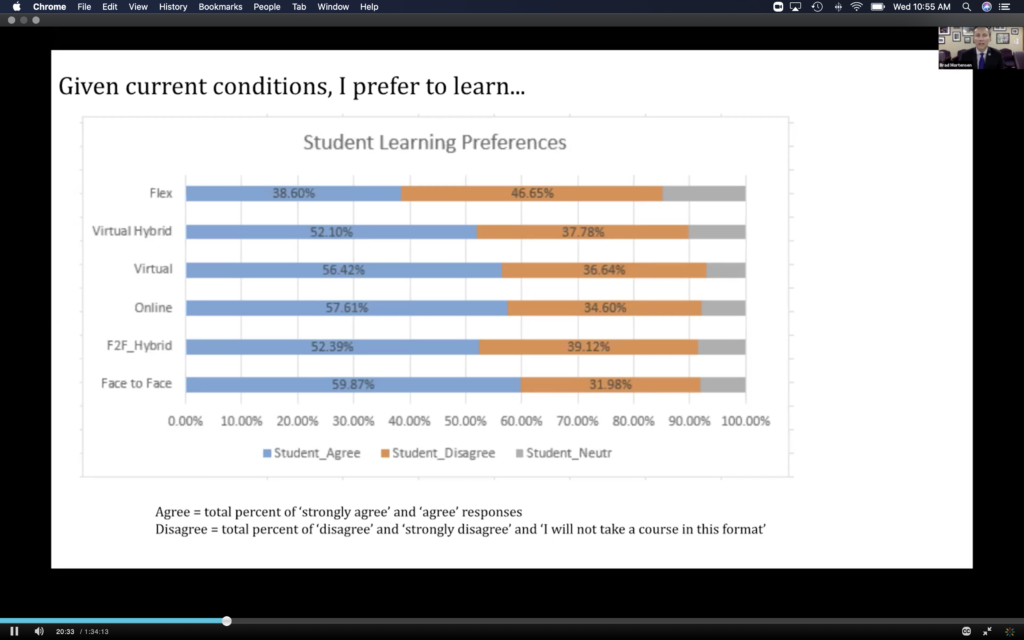
Most of the COVID-positive individuals were students. The university believes the cases likely occurred off-campus when the positive individuals interacted with someone not wearing a mask.
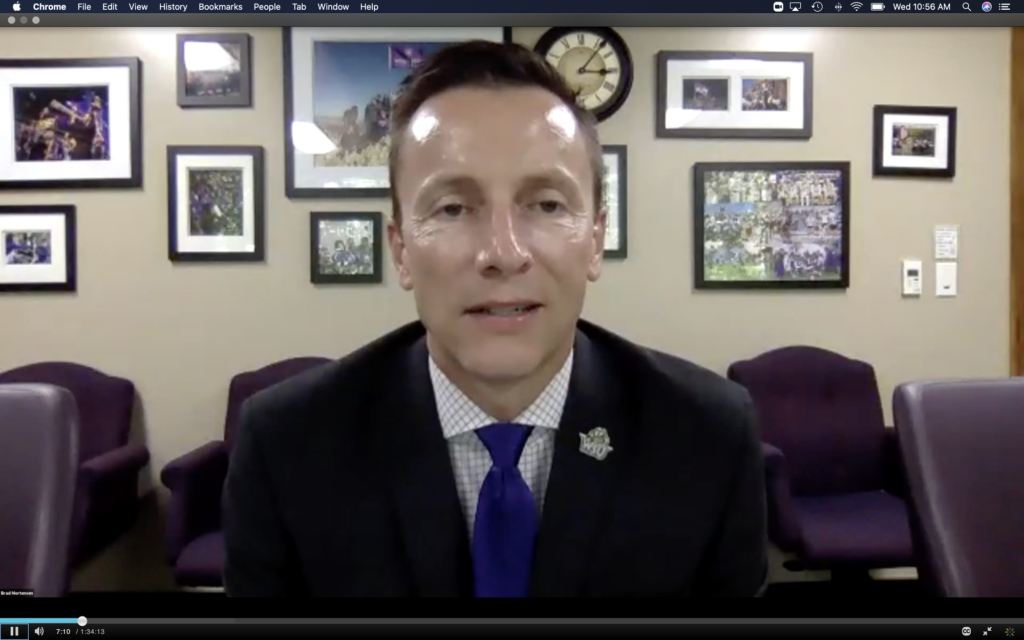
“Last week was a little higher than usual, quite honestly, so that’s something we’re watching very closely,” Mortensen said.
WSU reported a total of 22 people had reported a positive case of coronavirus to the school from Sept. 25 to Oct. 1.
Most of the town hall was spent reassuring faculty and staff members on how WSU is handling its contact tracing efforts and its plans if the number of positives cases on campus and around the state continues to rise.
Utah, like WSU, has seen a jump in the number of positive tests over the last few weeks, with the Utah Department of Health reporting highs of 1,372 new cases.
Dane LeBlanc, WSU’s public safety director, said the school has worked with the Weber-Morgan Health Department to make sure the campus’ contact tracing efforts are effective.
“[They] (the contact tracing coordinators) have put a very viable contact tracing program together, which is really our biggest and best tool for fighting the spread, collecting data and identifying areas that there may be spikes in,” LeBlanc said. “They’ve done an amazing job.”
Despite university officials releasing information on the program, LeBlanc says they are still receiving a lot of questions from people on how WSU is handling positive coronavirus cases.
The virtual town hall Q & A saw almost exclusively questions from faculty and staff related to COVID-19, even after an informational video detailed how contact tracing was being handled on campus.
Kathleen Cadman, one of the contact tracing coordinators and an assistant professor at Annie Taylor Dee School of Nursing, said the contact tracing team gets to work as quickly as possible once a person has self-reported a positive test result.
“Emails are sent out, generally, to all of the professors; I would say overwhelmingly within half an hour of the time that we get the contact,” Cadman said. “Sometimes, it takes just a little bit longer.”
However, a faculty member who asked about when the tracing program began claimed to have never been contacted after a student had self-reported via the school’s reporting form. The faculty member’s name was not given during the town hall.
The number of questions should not come as a surprise to university officials; according to a survey WSU sent out recently, many faculty members may be uncomfortable teaching in person right now.
WSU polled about 300 faculty members and 1,150 students in early September to see what method of learning or teaching would be preferred during the spring semester, given the current COVID-19 conditions.
Nearly 60% of faculty members polled said they would prefer to teach next semester online. That same percentage of students would prefer to be taught in-person and on campus.
“It’s far from being clear cut on any one type of modality what people want,” Mortensen said.
Students, however, are doing what is being asked of them while on campus to make sure they can continue to attend classes in person. LeBlanc said that most people on campus are complying with PPE requirements.
“For the most part, our campus community has done an amazing job to keep those numbers as low as they have been,” LeBlanc said.
Despite students’ preference for in-person learning, almost 45% of WSU’s student credit hours are located in online courses this semester. Only around 20% of student credit hours have some sort of face-to-face component, with the majority of those credits being in FLEX courses.
This was a decision WSU made to ensure students would get some face-to-face instruction if they desired it, but they would not meet on campus for every single class period.
“We’ve been pretty aggressive with our scheduling at mitigating the face-to-face interactions or utilization of campus in a way that I think helps us to control the virus effectively,” Mortensen said. “We have to continue to monitor that and make sure that we’re hitting the sweet spot there.”
WSU will again offer multiple modes of courses for the spring 2021 semester to make sure that both the needs of students and the faculty and staff are met. Mortensen emphasized the need for key gateway and point-of-entry courses to be taught in person but did remind those in attendance that the situation could always change.
“Now, we know at any time, if the spread of the virus becomes too great, we might have to drop back to a fully online mode, but we’re trying to find that sweet spot where we balance all of these competing interests,” Mortensen said. “It’s difficult, but we’ve had such great teamwork here that I really am optimistic we’ll continue to try and walk that tightrope effectively.”
For the latest information on coronavirus and its impacts on WSU, visit weber.edu/coronavirus.



